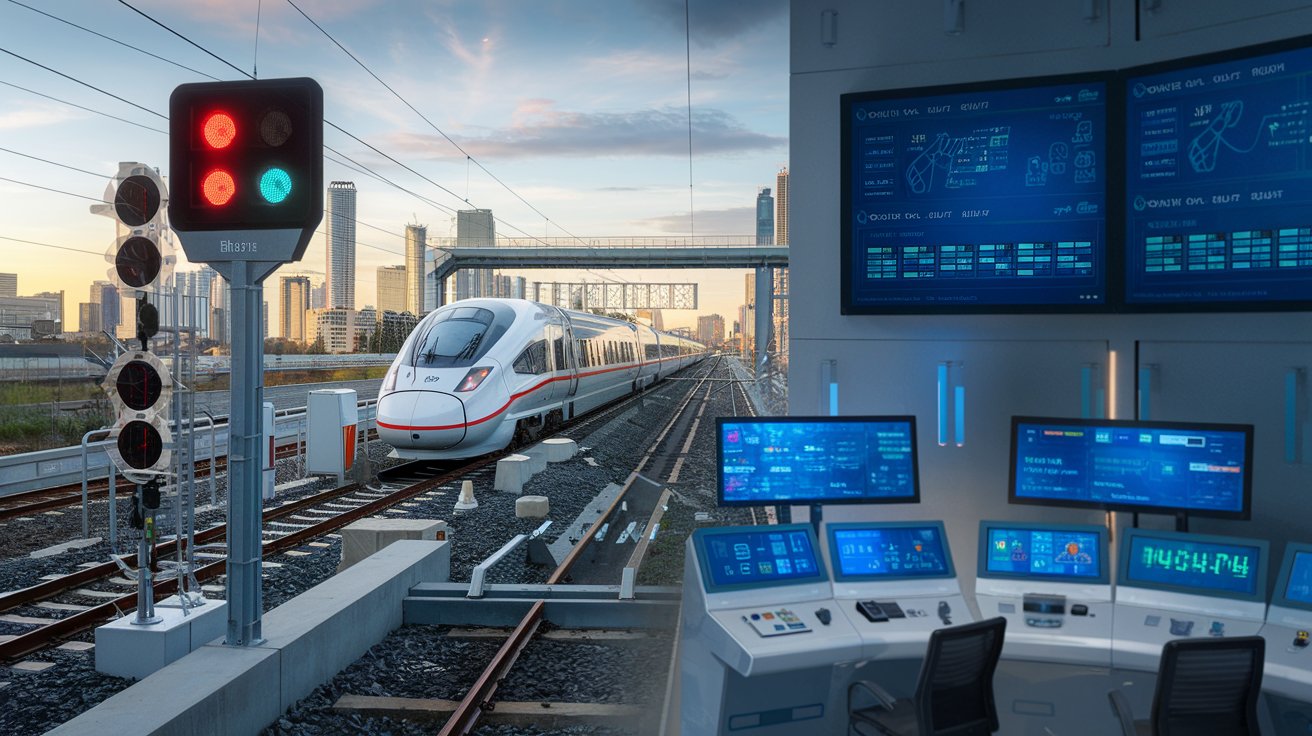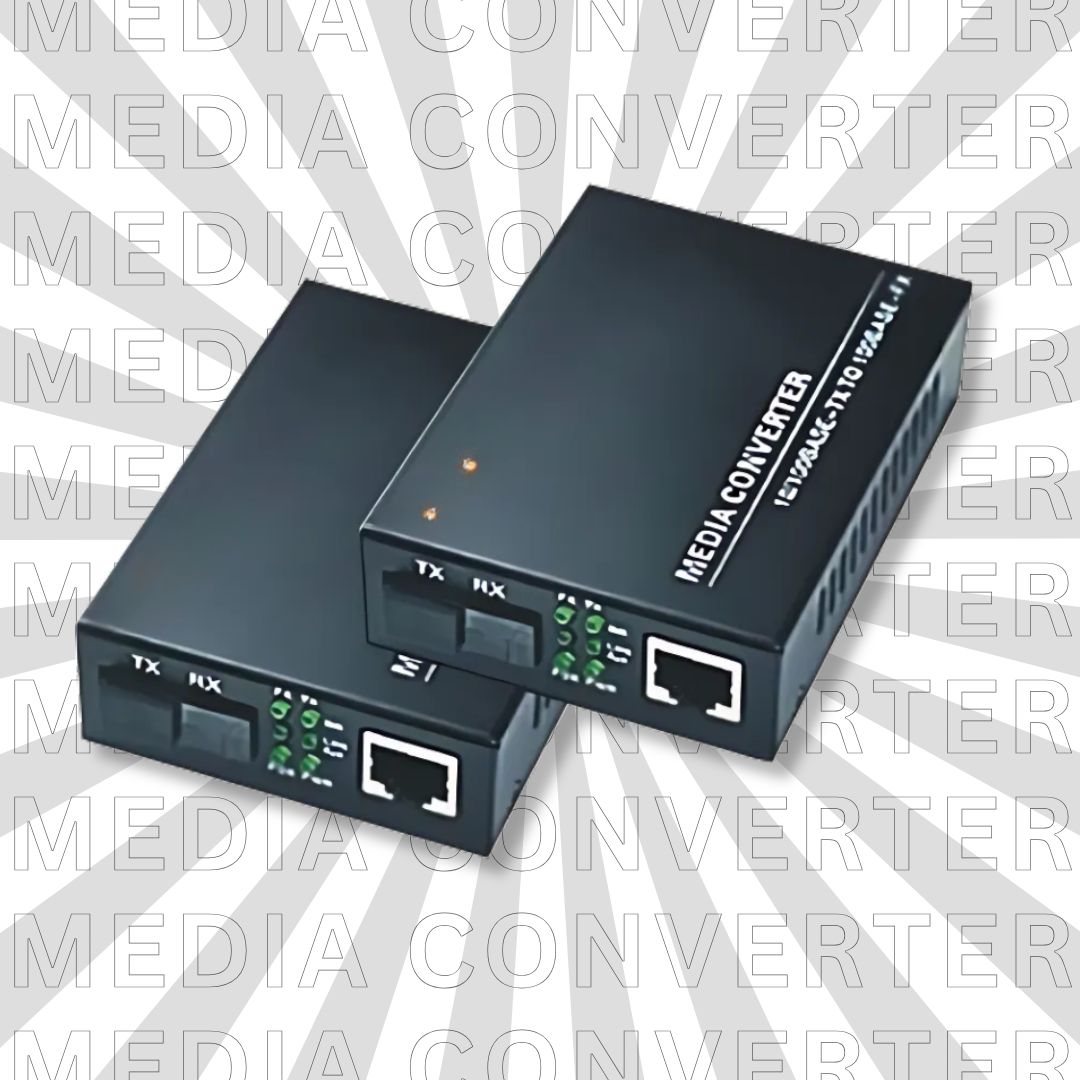
The Role of Advanced Signaling Systems in Modern Railway Operations
Introduction
Railways have long been the backbone of global transportation. However, to keep up with the demands of modern infrastructure, advanced signaling systems play a crucial role in ensuring safety, efficiency, and operational reliability. With the rapid evolution of technology, railway signaling has transformed from manual levers to AI-driven automated solutions that optimize train movements, reduce accidents, and enhance passenger experience.
The Evolution of Railway Signaling Systems
Railway signaling has come a long way from the days of manual signals and flagmen. The transition from traditional semaphore signals to digital control systems has significantly improved train safety. Modern signaling incorporates fiber optics, GPS tracking, and AI algorithms, allowing real-time communication between trains and control centers.
Types of Advanced Signaling Systems
Fixed Block Signaling – Traditional system based on track divisions
Moving Block Signaling – Real-time tracking of trains, improving efficiency
CBTC (Communication-Based Train Control) – Wireless communication for automated train control
ETCS (European Train Control System) – Standardized European railway control
PTC (Positive Train Control) – Prevents train collisions and over-speeding
Why Railway Signaling Systems Matter?
Accidents such as train collisions and derailments often occur due to human errors and outdated systems. Advanced signaling significantly reduces these risks by automating processes and ensuring seamless communication between trains and control centers.
The Role of Advanced Signaling Systems in Modern Railway Operations
Advanced signaling enhances railway operations in multiple ways:
Prevents Collisions: Real-time tracking of train positions
Reduces Human Error: AI-powered automation ensures accuracy
Optimizes Train Scheduling: Efficient train dispatch and reduced delays
Increases Line Capacity: More trains can operate safely on the same track
Future Trends in Railway Signaling
As technology evolves, the future of railway signaling includes:
AI and Machine Learning: Predictive maintenance and real-time analytics
IoT and Smart Railways: Sensor-based monitoring for track health
Blockchain for Security: Ensuring data integrity in communication systems
Conclusion
Advanced signaling is revolutionizing modern railway operations by integrating automation, AI, and real-time monitoring. As urbanization increases and railway networks expand, adopting these cutting-edge technologies is essential for a safer and more efficient future.
FAQs
How do advanced signaling systems improve railway safety?
By using real-time tracking, automated braking, and AI-powered communication, advanced signaling reduces accidents and improves operational efficiency.
What is CBTC, and how does it work?
Communication-Based Train Control (CBTC) is a wireless railway signaling system that enables real-time train monitoring and automated operation.
How does AI impact railway signaling?
AI enhances predictive maintenance, improves scheduling accuracy, and reduces system failures, making railway operations more efficient.
What are the main challenges in implementing advanced signaling systems?
High costs, integration with existing infrastructure, and cybersecurity risks are key challenges.
Are advanced signaling systems used in metro networks?
Yes, metros worldwide use CBTC and ETCS for automated train operations and improved efficiency.

.jpg)




